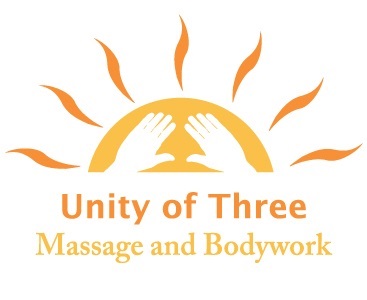Services
Structural Bodywork/Manual Therapy
Structural bodywork emphasizes bringing the body into it's most ideal alignment with gravity, so that it can move and hold its form with the least amount of effort. Utilizing a broad range of myofascial release techniques, it helps remold the fascia (the connective tissue and scaffolding of the body responsible for holding your body's postural position). It also realigns and lengthens musculature, and retrains muscular actions and holding patterns to help correct postural misalignments to reduce pain patterns and improve performance. Usually performed without oil with men in shorts or underwear, and women in shorts and a sports bra or other sports top to allow for full range of motion.
Craniosacral Therapy (CST)
One of the basic tenants of osteopathic medicine is that the body is a whole and not just an arrangement of different systems, and as such dysfunction in one system can adversely affect the whole being. CST comes from the osteopathic medicine umbrella, and by tuning into different rhythms of the body (cerebrospinal flow between the head and the sacrum, primary respiration, small cranial bone movement, and different fluid tides), it uses these rhythms to identify and guide them to the best way to correct various dysfunctions within the client’s body in a gentle and cooperative fashion. Making sure that there is a good interchange helps remove wastes and plaques in the central nervous system, and proper flow of cerebrospinal fluid helps all aspects of the body. There is also growing evidence that it can delay onset and improve neurocognitive diseases such as Alzheimers and dementia. If all of an individuals’ systems are balanced and integrated, their capacity to heal themselves is greatly enhanced. CST can be utilized as a stand-alone treatment or in conjunction with more physical bodywork, and can be done with the client fully clothed.
Visceral Manipulation (VM)
VM also comes from the osteopathic medicine umbrella, and it focuses on making sure the organs of the body are moving well and are not restricted in their motions. It also helps to realign intrinsic movements (motility) for each organ and between different organs. There is a high correlation between proper organ movement and organ function. Many sources of musculoskeletal pain and dysfunction are also caused by organ dysfunction, and it is thought that 80-90% of all of these dysfunctions have at least a visceral component to them. VM is gentle, but at times can be direct. Normally performed with the client in shorts, and a sports bra/other top for women to allow full access of range of motion during treatments.
Somatoemotional Release Therapy (SER)
SER is a subsection of craniosacral therapy, and it primarily addresses the energetic and emotional systems of the body and how dysfunctions on these levels can contribute to a whole array of challenges for the client. Oftentimes during a session these imbalances resolve on their own, but sometimes additional and specific assistance is helpful. SER therapy can help provide that assistance and help the client finally release or transform persistent blocked energy of all kinds within the body.
One of the ways that it can do this is to give a voice to these energetic aspects of a clients’ being that have often been unrecognized, ignored, misunderstood, or disowned. It is thought that these unrecognized or ignored aspects often create problems by consuming internal resources or energy (and oftentimes manifesting as physical dysfunction) in an attempt to get the attention of the client. SER utilizes a very client-focused and client-directed method of dialog to help them better understand and communicate with these aspects. Through this process, the client can discover ways to help release these aspects by allowing them to communicate their message and finally leave, or to transform the relationship with these aspects from struggling with them to fostering a more cooperative relationship through greater understanding.
Pre/Postnatal Sessions
Nurtures expecting mothers throughout the pregnancy and after delivery. It helps ease the tension that can arise during pregnancy, especially in the lower back and feet. It also reduces stress, as well as the development of sciatica and thoracic outlet syndrome (TOS) which can cause nerve pain down the arms and legs. It recognizes the special considerations that each trimester presents to the expecting mother, and helps the body recover after delivery.
